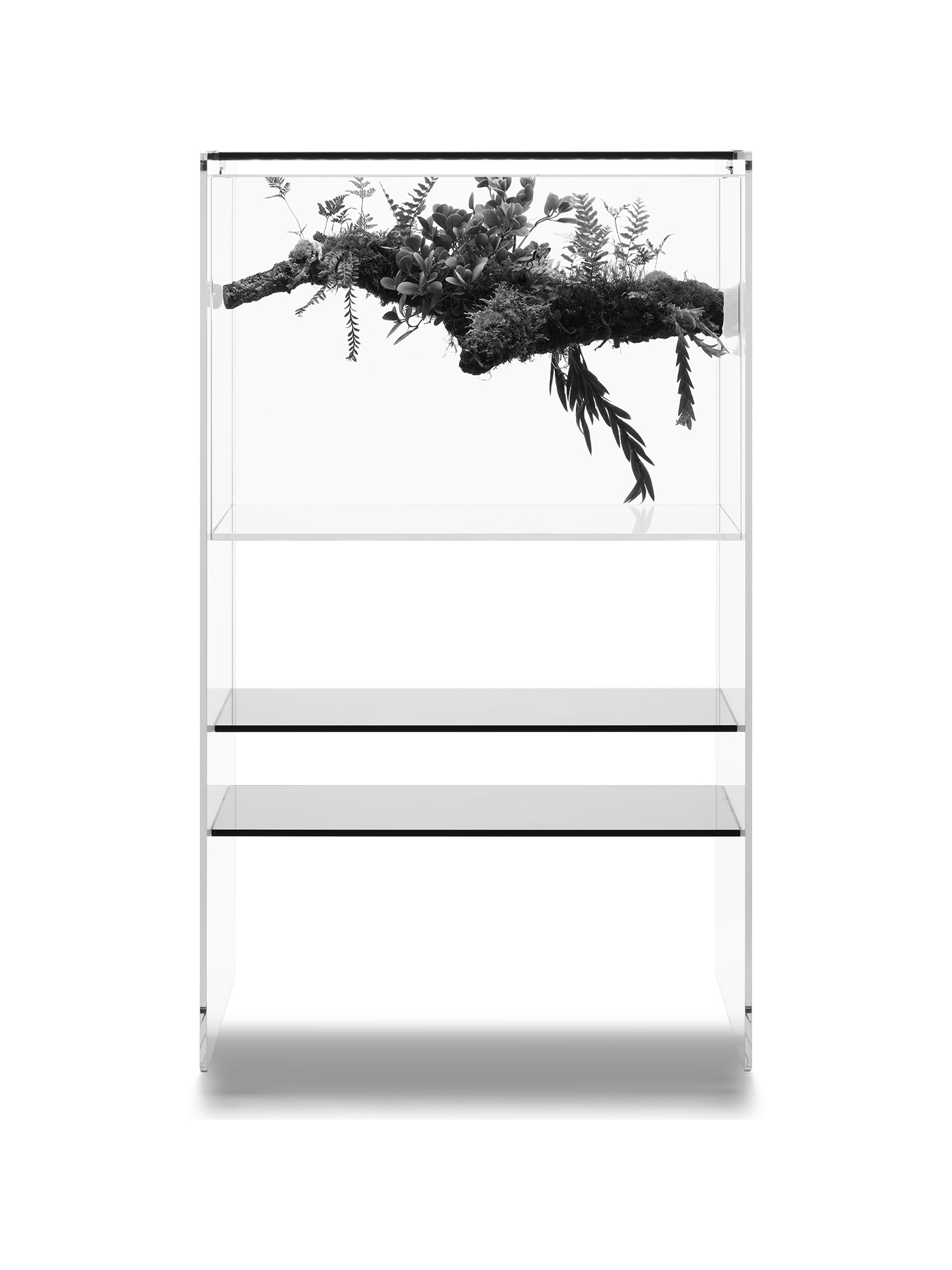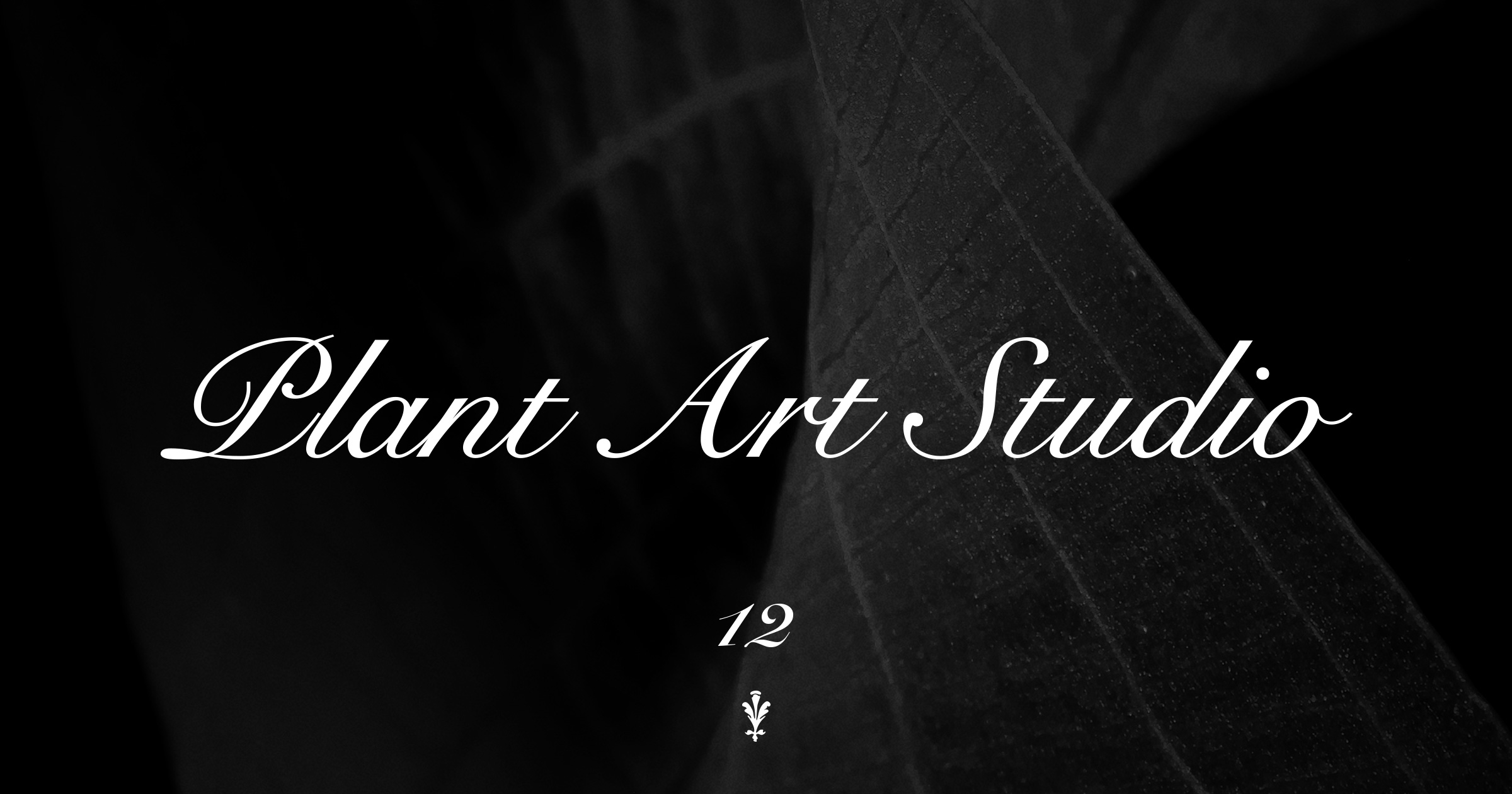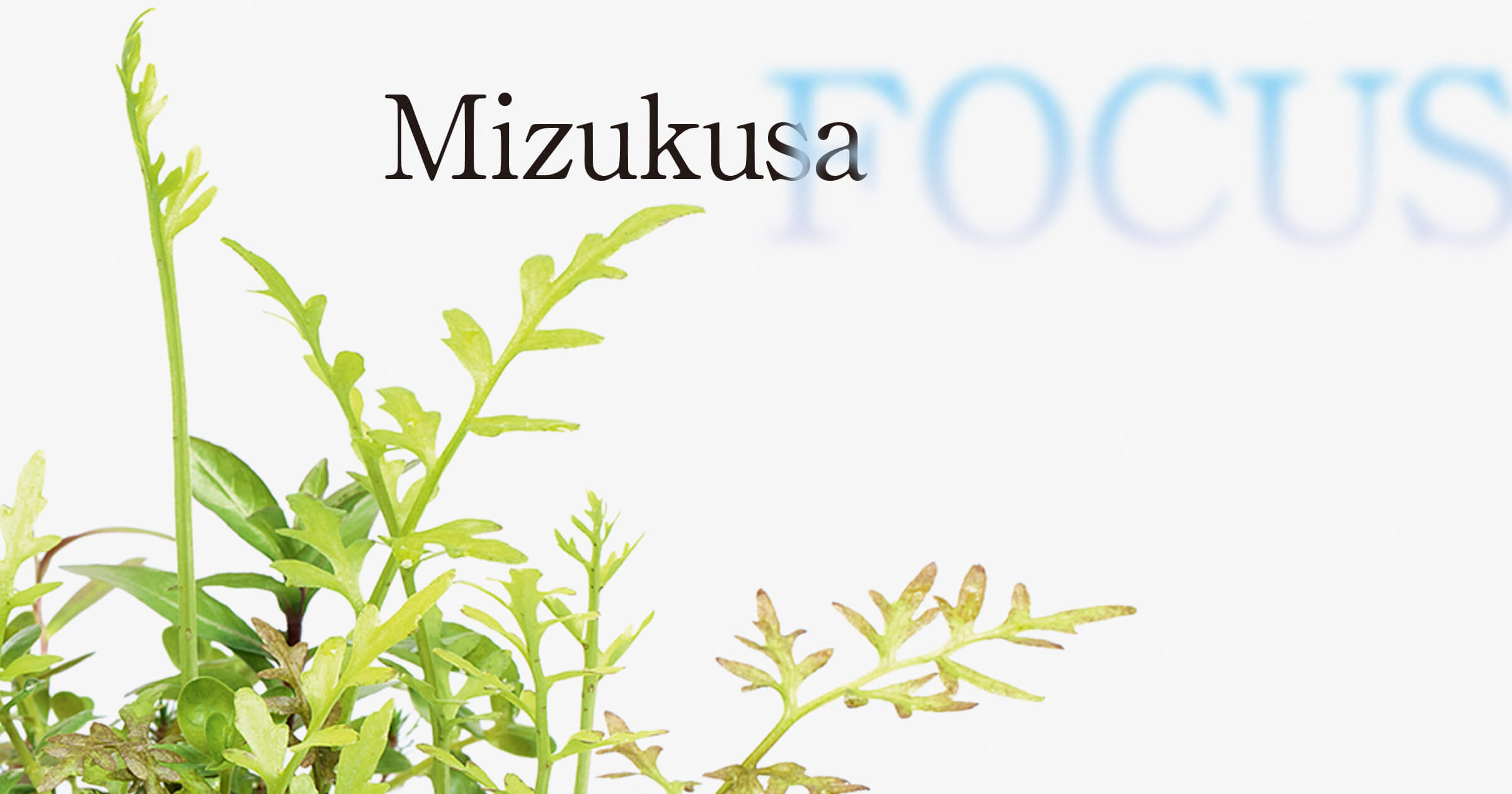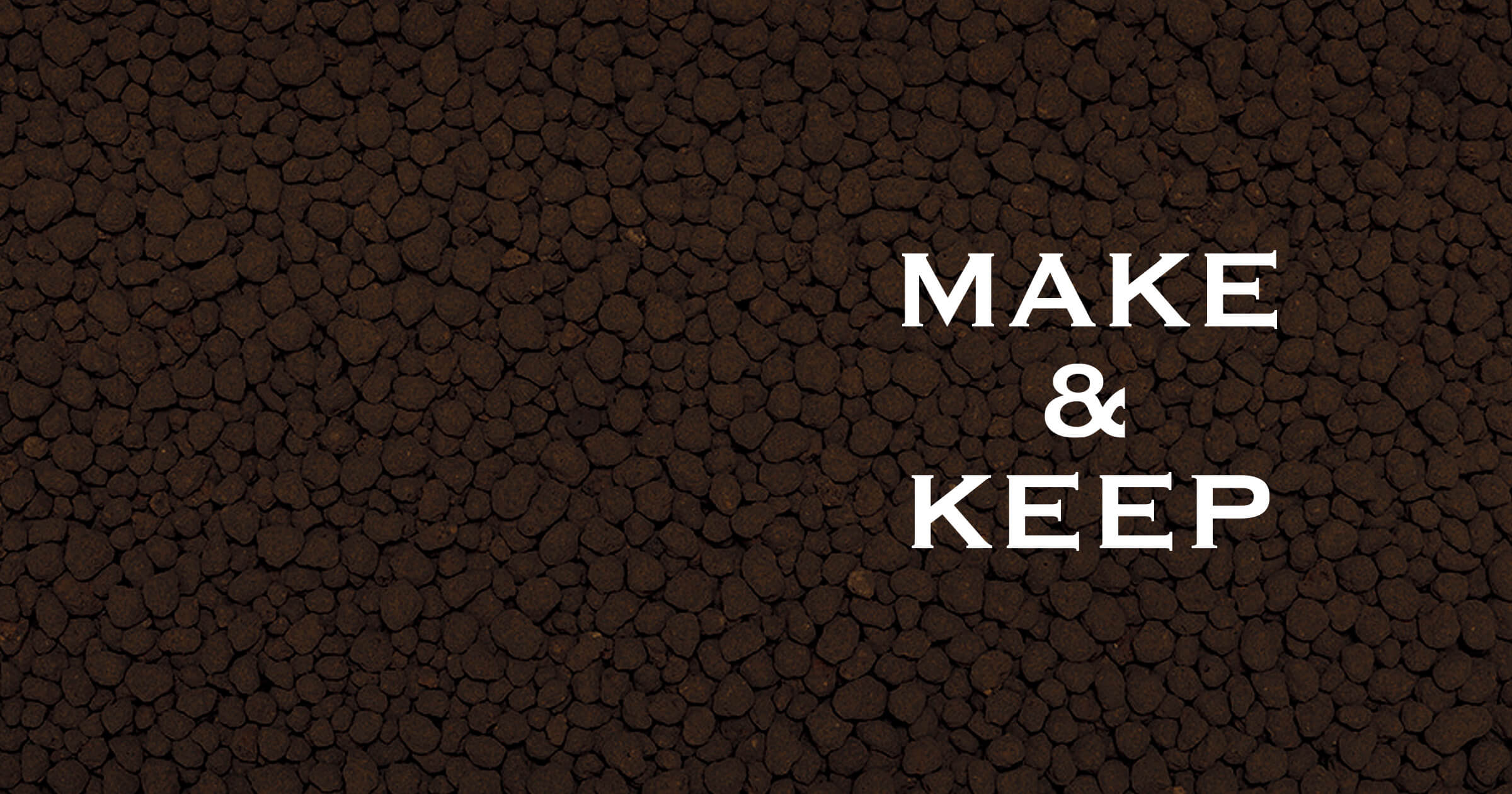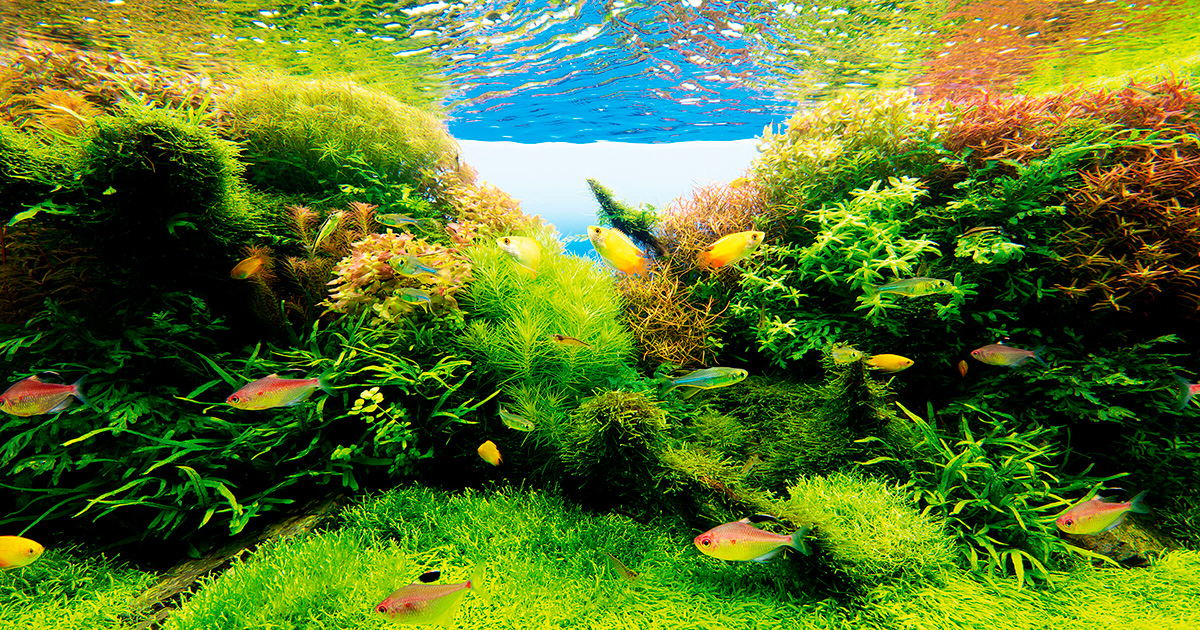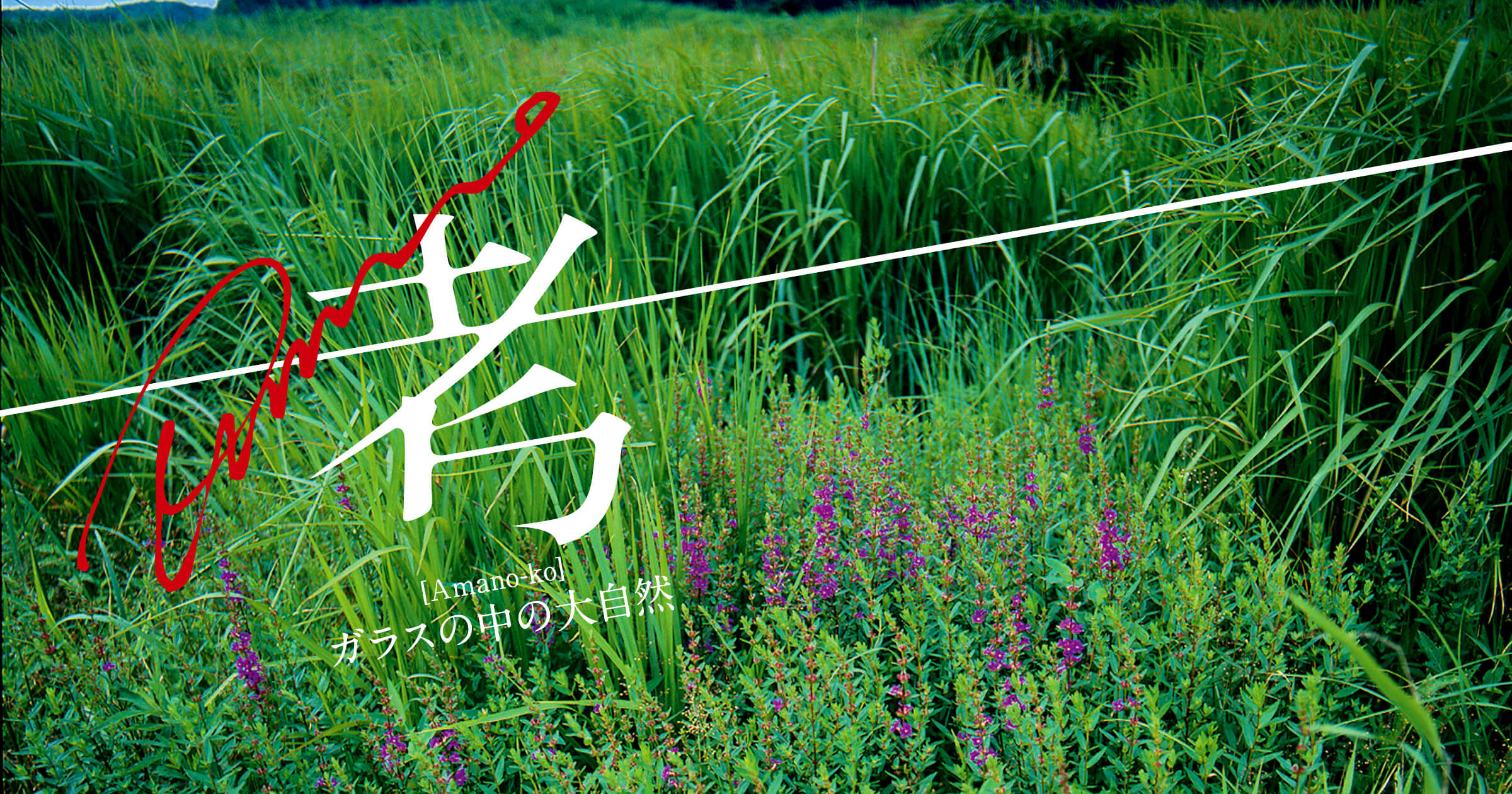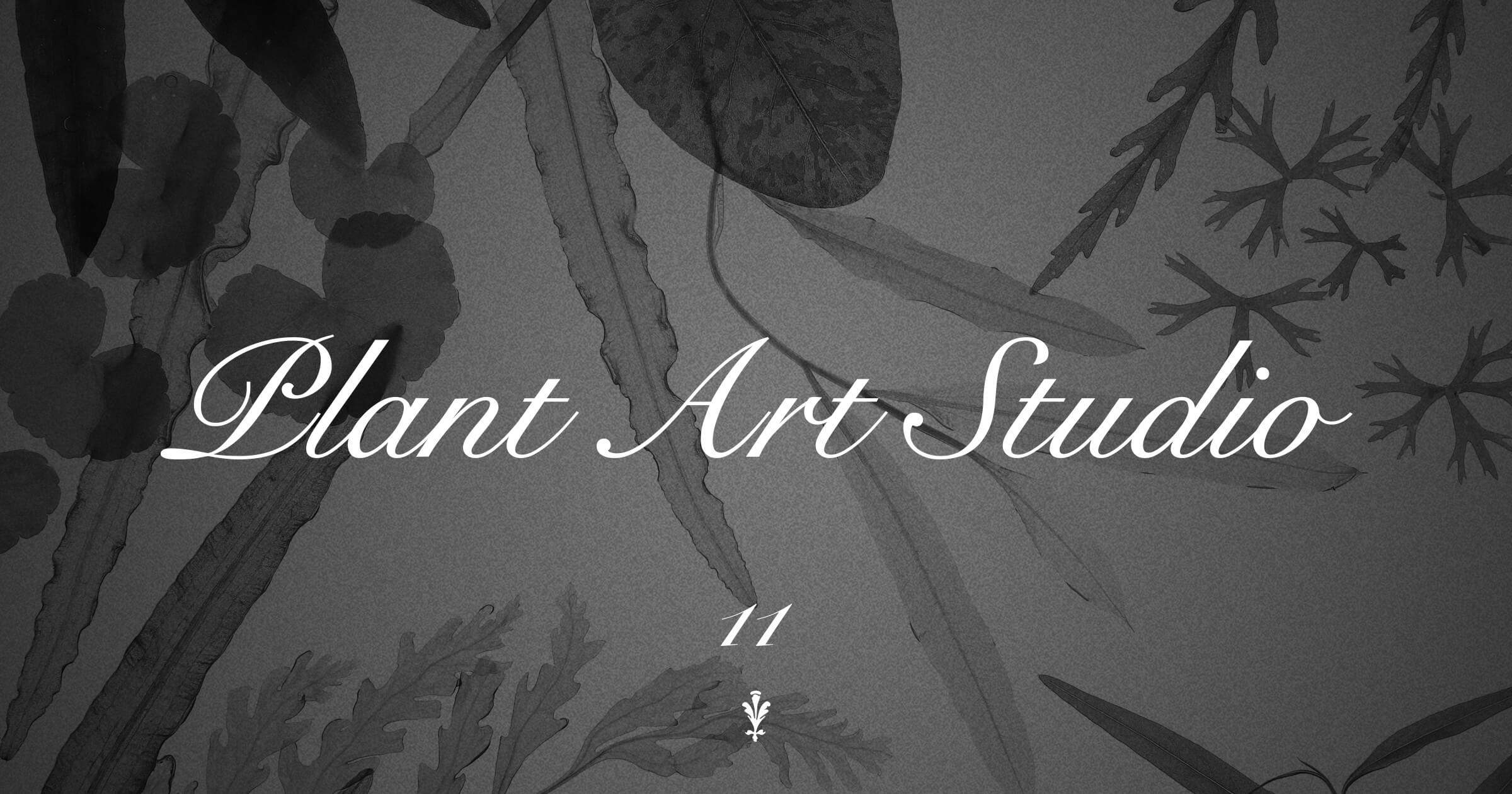2021.03.05
HOW TO ENJOY TERRA BASE “Terra Base Examples Vol.1”
We are going to introduce some Terra Base examples from this article.
Please refer to the previous articles for the know-how.
Please refer to the previous articles for the know-how.
Terra Base for enjoying a variety of Anubias
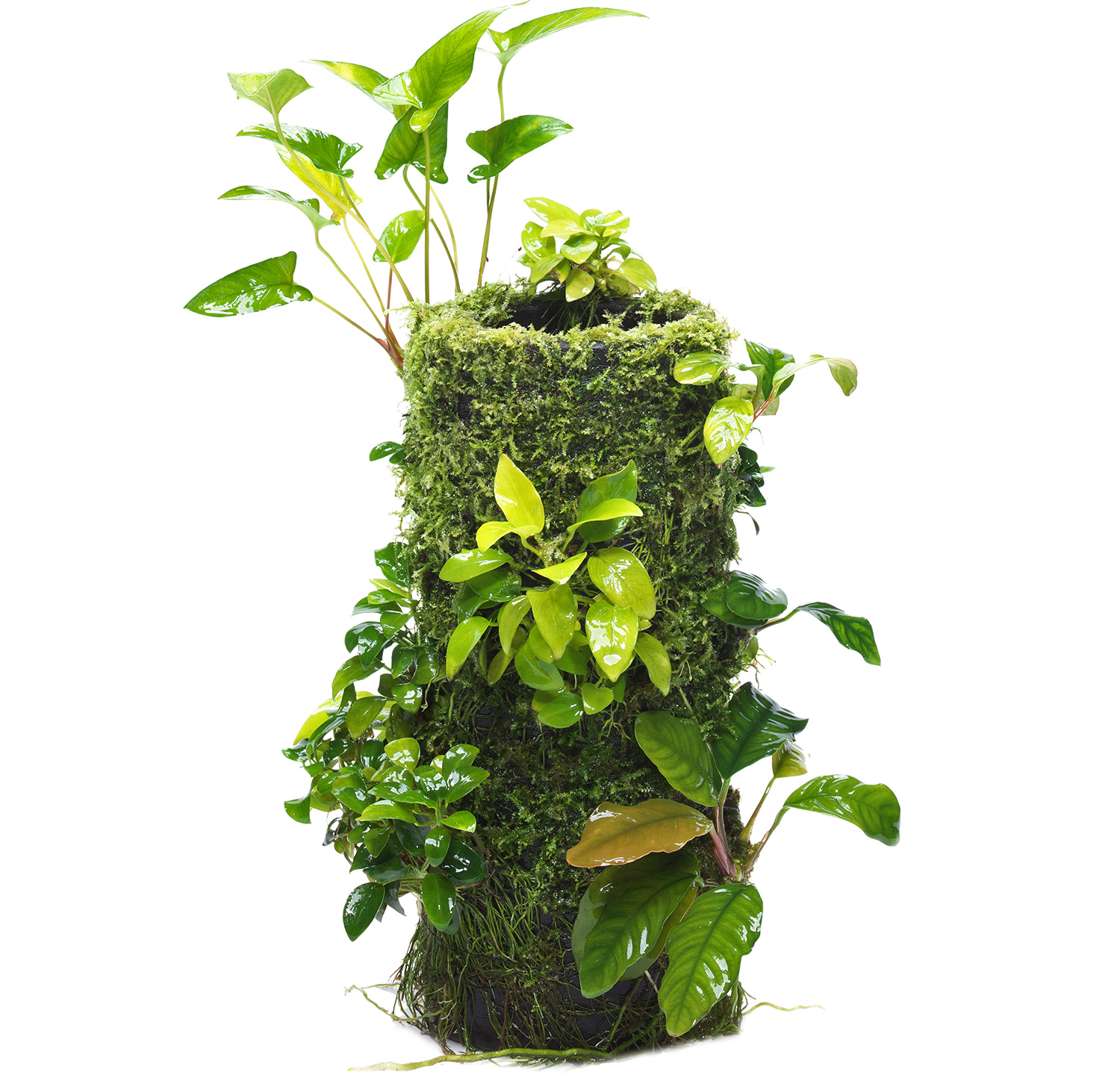
For Anubias, once their conditions settle down, they grow even in a dark environment. Therefore, it can be said that it is a hardy species among jungle plants. Anubias barteri var. ‘nana’ has been regarded as a useful aquatic plant since the start-up phase of the Aquarium hobby because of their hardiness. This familiar species will grow into spectacular aquatic plants by taking the time to grow them carefully. They don’t grow so fast, but they are the type of plants that you want to take good care of because their leaves are thick, and they last a long time.
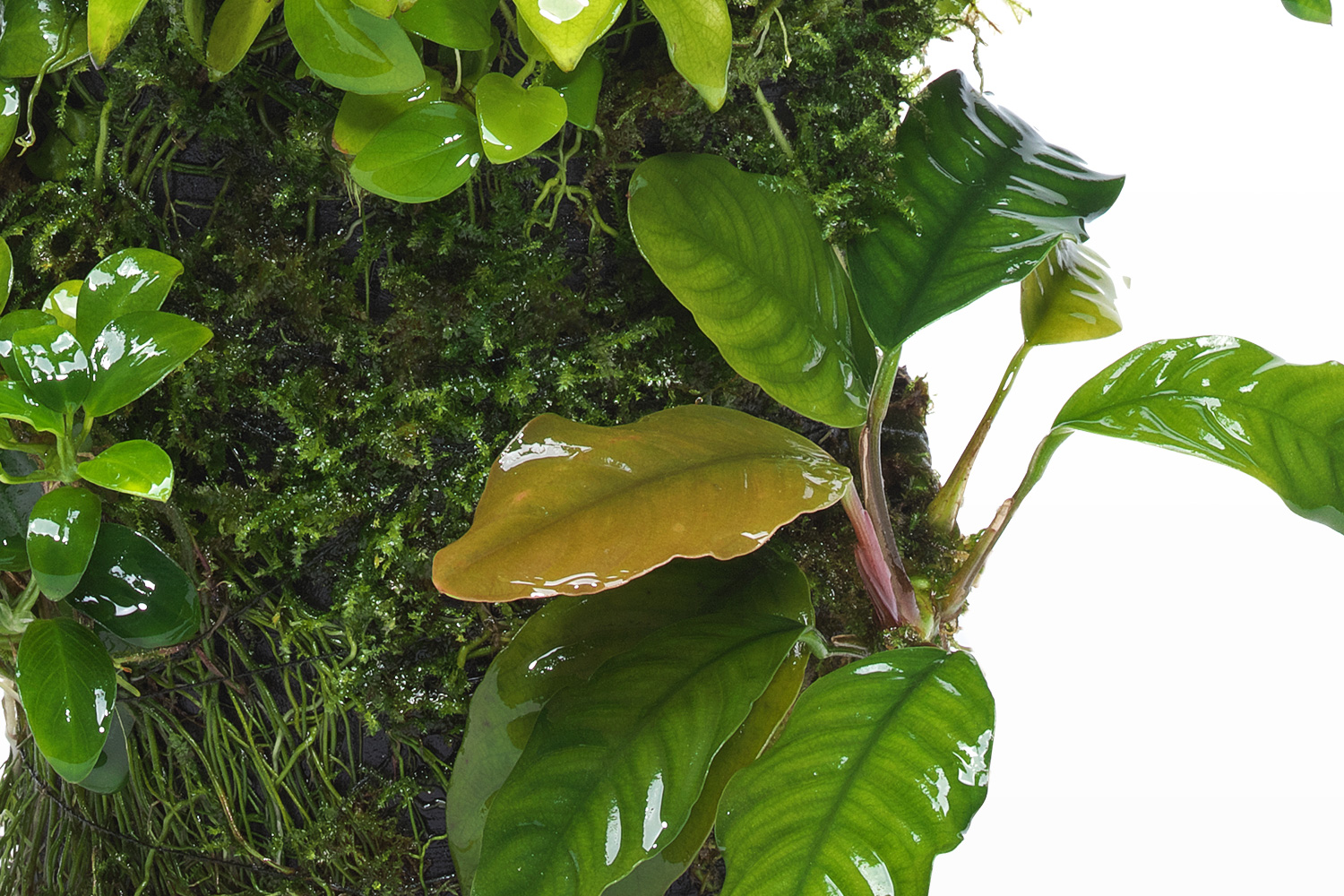
When comparing Anubias with other jungle plants, Anubias has no patterns and may look too plain, but a wide variety of leaf colors and shapes can be enjoyed. When light hits the stereoscopic wavy leaf veins, each species shows its unique expression. For instance, new buds of Anubias barteri ‘Coffeefolia’ are red, and it changes its color from brown to dark green as it grows.
Aqua Journal Vol.305 to be released on March 10 features Anubias. So, please use the Aqua Journal as a reference when choosing Anubias species.
Aqua Journal Vol.305 to be released on March 10 features Anubias. So, please use the Aqua Journal as a reference when choosing Anubias species.
【DATA】
TERRABASE M
【Plants】
①Anubias barteri var. ‘Coffeefolia’
②Anubias barteri var. nana
③Anubias barteri var. nana ‘Golden’
④Anubias gracilis
⑤Vesicularia montagnei
TERRABASE M
【Plants】
①Anubias barteri var. ‘Coffeefolia’
②Anubias barteri var. nana
③Anubias barteri var. nana ‘Golden’
④Anubias gracilis
⑤Vesicularia montagnei
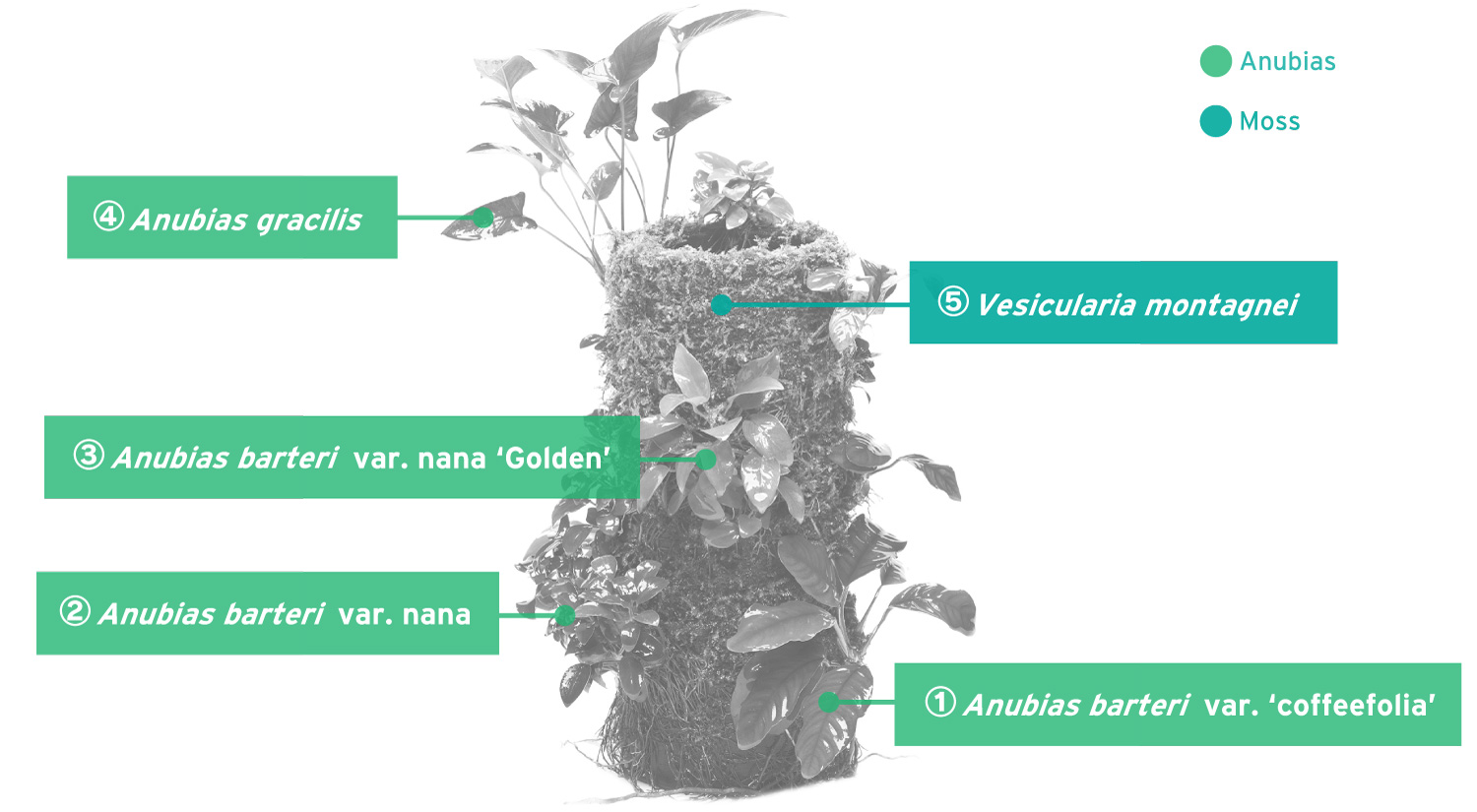
Vesicularia montagnei had a symptom of brown growing points while growing in this Terra Base example. It seemed that it was caused by poor air circulation. But the condition improved by adjusting the glass cover opening, and changing the water intensively.
Experimental Terra Base for growing epiphytic orchids
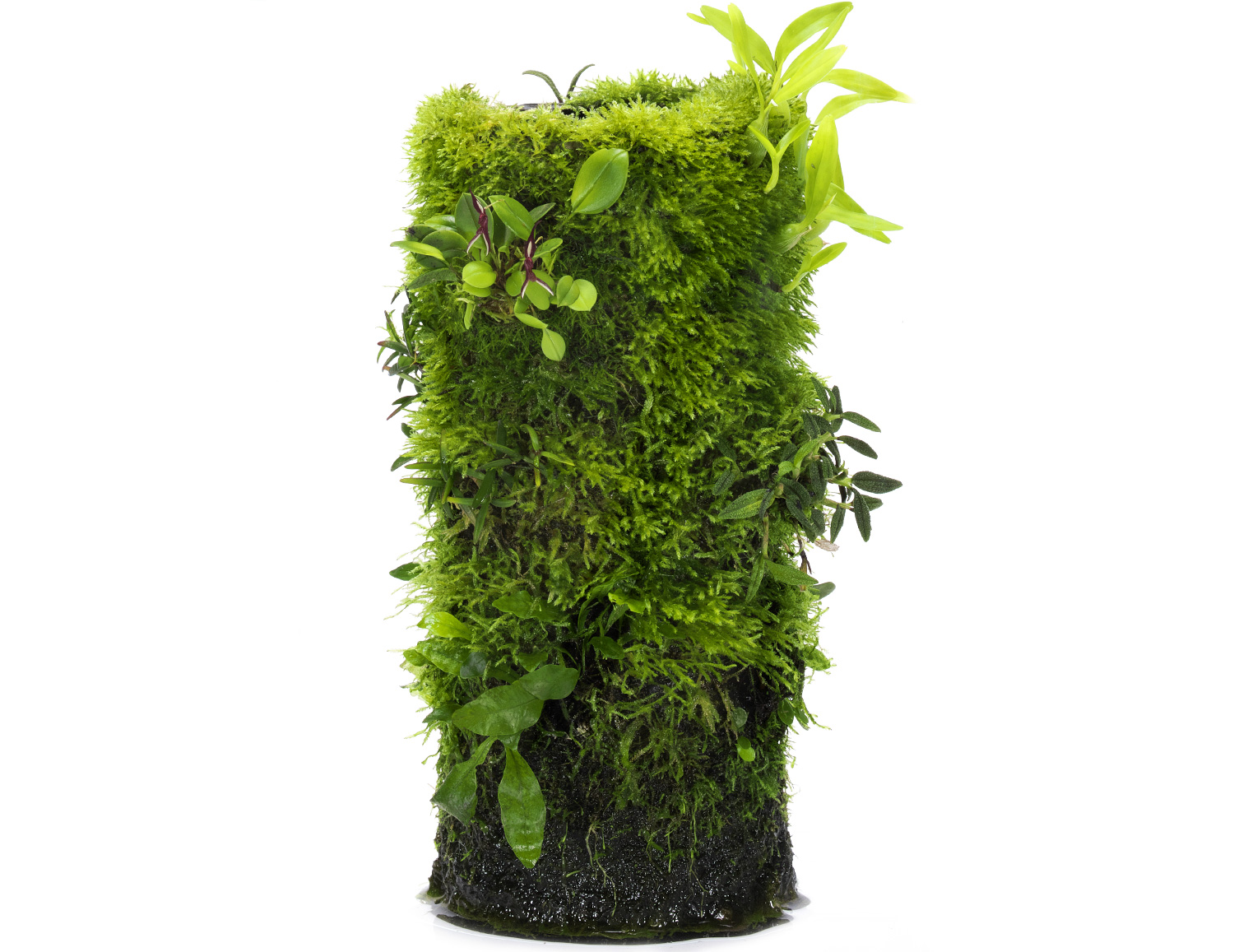
Dendrobium cuthbertsonii was placed in 2 places in this Terra Base example. The natural habitat of this epiphytic orchid is highlands in Papua New Guinea. After taking this picture, buds were formed, but it stopped growing in the summer, and its roots got rotten.
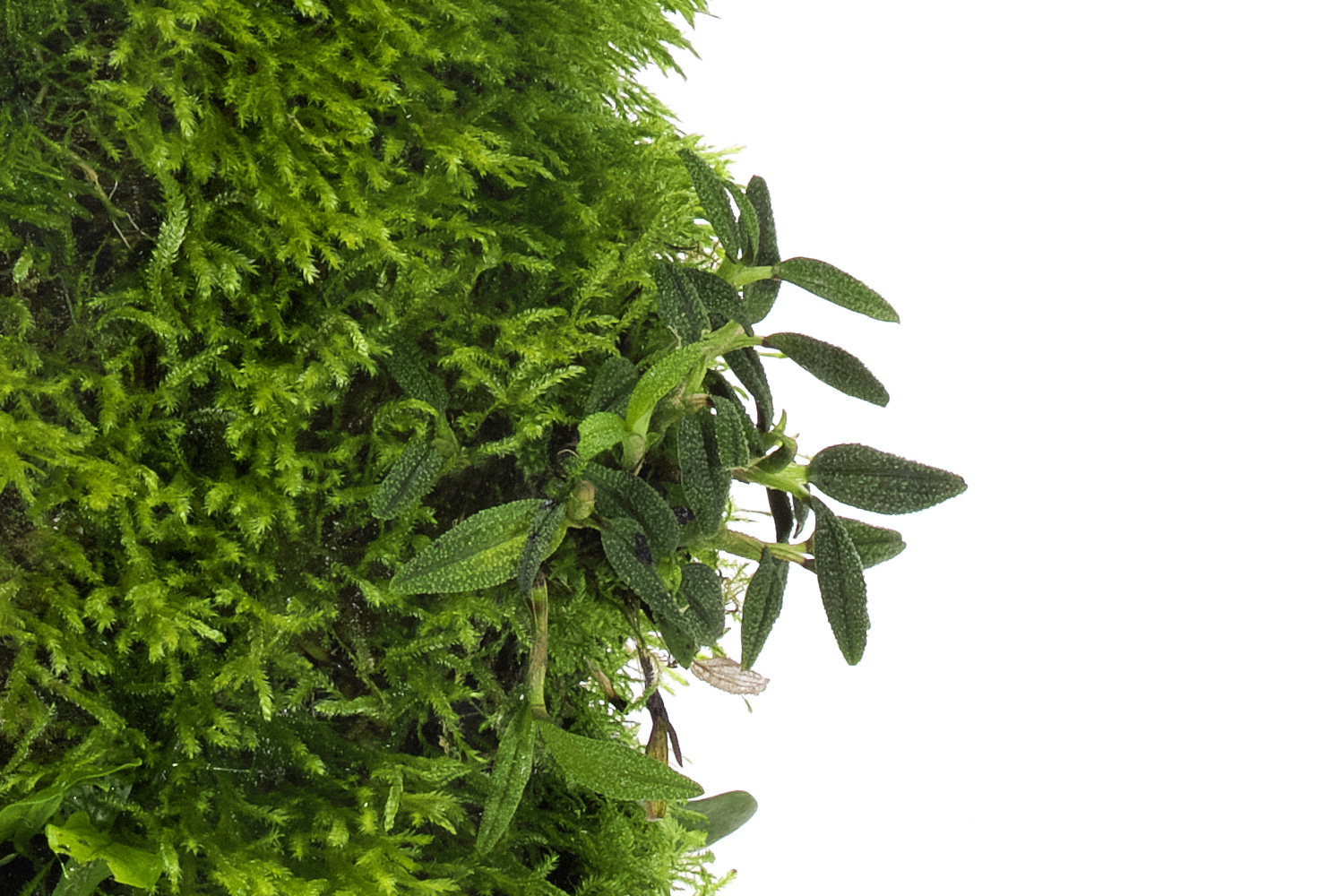
Root rot is a horrible phenomenon for enthusiasts who grow plants. Especially epiphytic orchids grow slowly. For that reason, the damages of plants are significant when root rot occurs. And it takes a long time for them to grow back to the same size again. If you feel any abnormality when comparing the progress of new epiphytic orchid buds and the texture of epiphytic orchid leaves to other plants, we strongly recommend you to check the root conditions without any hesitation. It is because damages caused by the poor bud growth can be minimized by handling the conditions immediately.
Although our challenges to grow these hard-to-grow plants resulted in failure, it gave us an opportunity to gain deep knowledge about the plants. Plants other than this epiphytic orchid showed steady growth.
Although our challenges to grow these hard-to-grow plants resulted in failure, it gave us an opportunity to gain deep knowledge about the plants. Plants other than this epiphytic orchid showed steady growth.
【DATA】
TERRABASE M
【Plant】
①Dendrobium cuthbertsonii
②Dinema polybulbon
③Mediocalcar decoratum
④Microsorum sp. “kurabi”
⑤Pleurothallis mystax
⑥Taxiphyllum sp. ‘Peacock Moss’
TERRABASE M
【Plant】
①Dendrobium cuthbertsonii
②Dinema polybulbon
③Mediocalcar decoratum
④Microsorum sp. “kurabi”
⑤Pleurothallis mystax
⑥Taxiphyllum sp. ‘Peacock Moss’
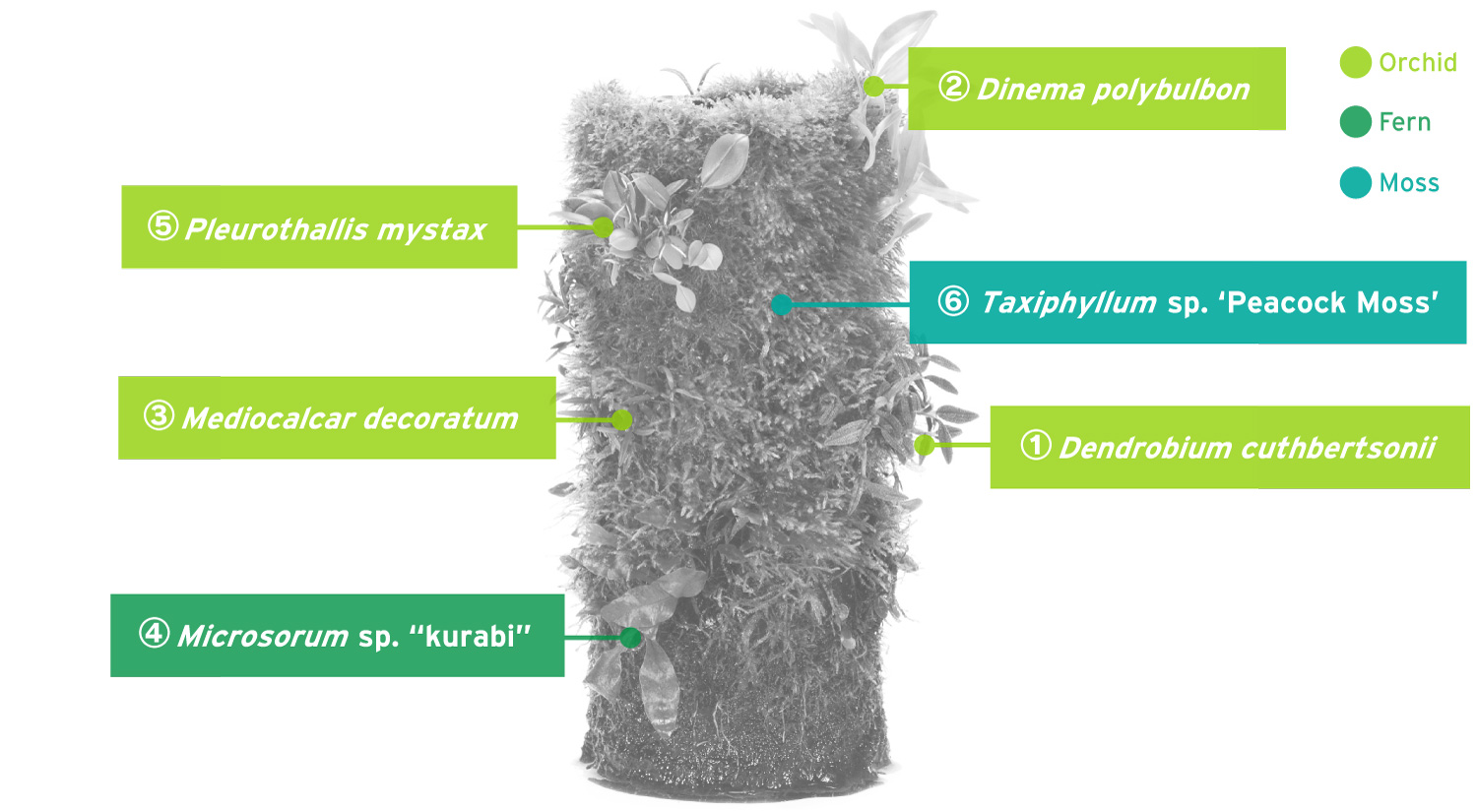
When trying to fit in the ideal environment of hard-to-grow plants, the maintenance becomes unreasonable. As a result, the plants will eventually die at the end. While observing the balance between the environment where light, temperature, and humidity can be artificially created, and the environmental adaptability that plants naturally have, we would like to enjoy plants without overdoing for plants as well as caretakers.

